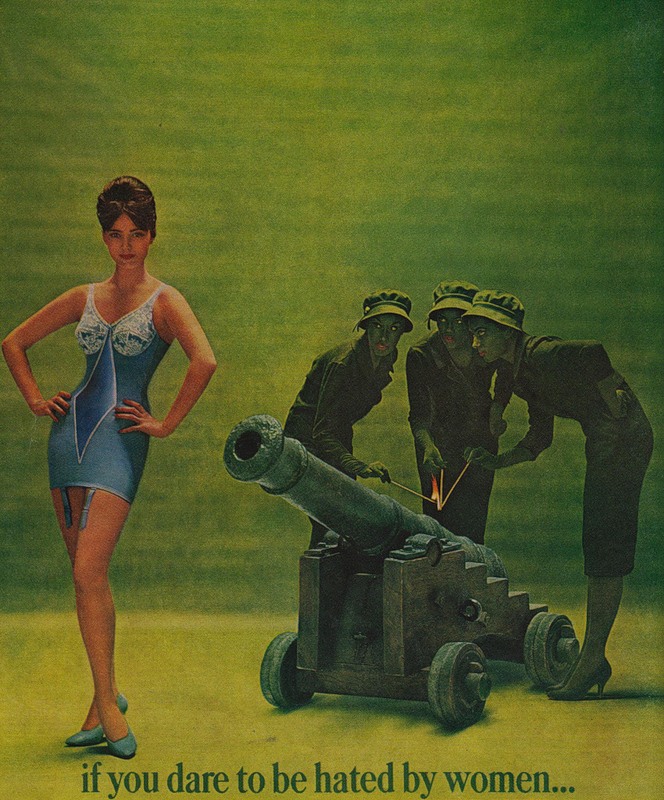Jean Piaget, a psychologist who published his most influential works from the late 1920s through the 1950s, is most known for his theory of stages of cognitive development. He suggested a four-stage model that children go through as they develop more complex reasoning skills.
Children start out in the sensorimotor stage, which lasts until they’re roughly 2. They have no sense of themselves as individuals, obviously, and wouldn’t recognize their hand as “theirs.” They aren’t afraid of heights or touching something hot because they can’t grasp the idea of falling or something being hot–those ideas are too abstract.
Here’s a video that illustrates some of the limits of reasoning at this age:
In the preoperational stage (Piaget said it lasted from around age 2 until about 7), kids start being able to grasp symbols. For instance, they can draw a series of squares with a triangle on top to represent a house. They also start to learn the alphabet, which is, of course, the set of symbols we use to read and write.
On the other hand, they don’t understand abstract concepts like amounts, speed, or weight. In one of Piaget’s most famous experiments, he showed that children at this stage can’t comprehend that if you pour liquid from a short, wide glass into a tall, narrow glass, it’s still the same amount:
By the concrete operational stage (roughly 7-12 years old) kids comprehend ideas like weight, amount, and speed, and can understand that the amount of liquid in the two glasses is the same:
They can also understand causal relationships, though not necessarily explain the reasoning behind them. Here, the younger kid says what would happen if you hit a glass with a feather based on what he knows about feathers, whereas the older child reasons from the previous statement and answers according to the logic proposed (despite it being obviously inaccurate):
Finally, Piaget said that in the formal operational stage (after about age 12) kids can understand abstract concepts and reason logically. If you ask them what “justice” means, they can explain it. The girl in the last video, who reasoned from the previous statement (which had been presented as true), illustrates formal operational thinking.
Of course, there are questions about Piaget’s model (described in Kimmel and Aronson, 2009, Sociology Now). Do we really only go through each stage once? Might we have to go through some of them again when we hit new life challenges or milestones? Do we have to completely master one stage before we can progress, or is it possible to have some overlap? Are these stages universal? Would we expect childhood mental development to occur in the same way in a society where people are middle-aged by 20 as they would in one where they aren’t middle aged until 35 or 40? Might the fact that kids in some societies are given more “adult” tasks at a young age affect their mental development?
Of course, another issue comes up about the formal operational stage…Kohlberg and Gilligan (1971, “The Adolescent as Philosopher,” Daedalus, p. 1051-1086) estimated that about 30% of people in the U.S. never actually develop advanced abstract reasoning skills. I will make no further comment on that.
Gwen Sharp is an associate professor of sociology at Nevada State College. You can follow her on Twitter at @gwensharpnv.





